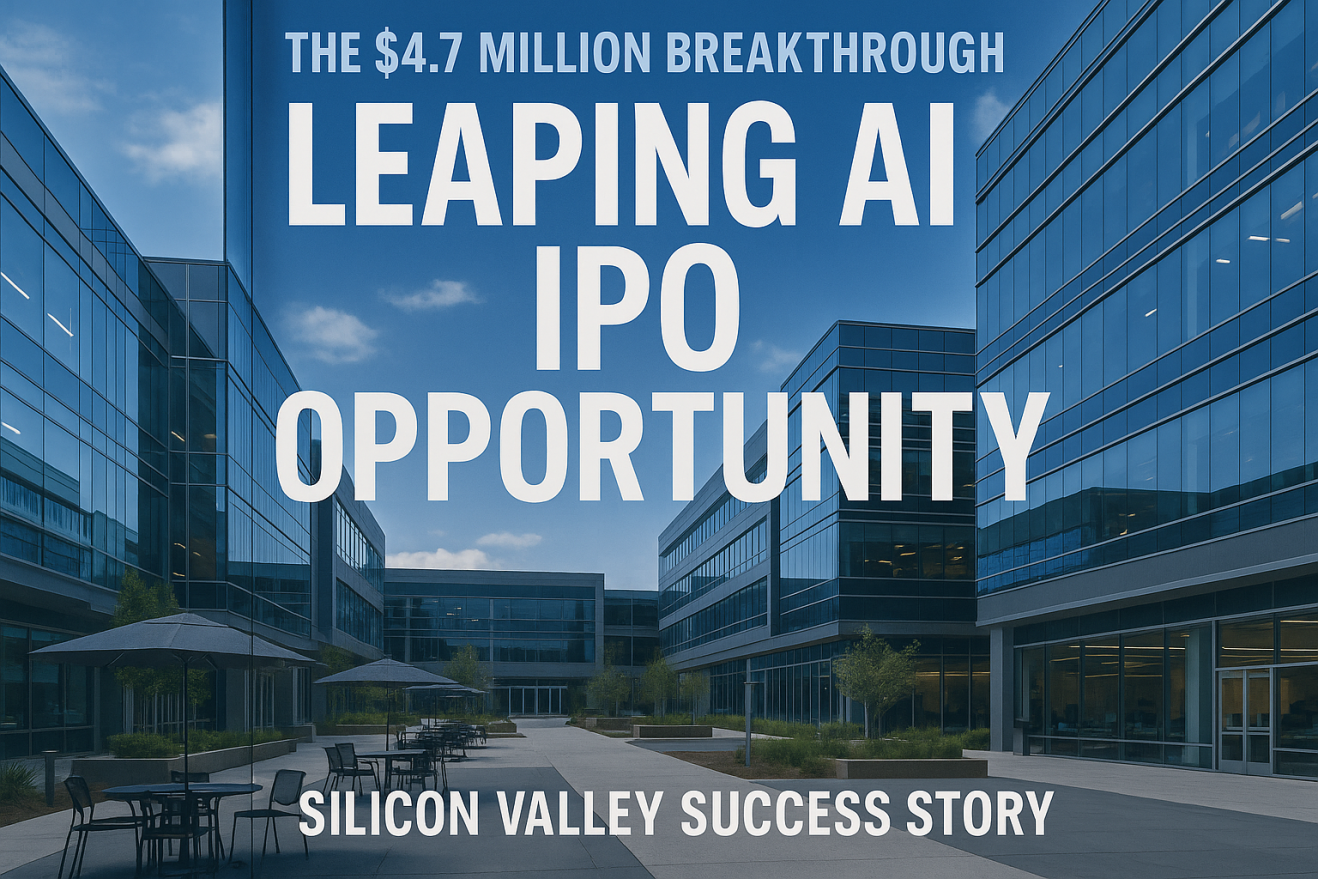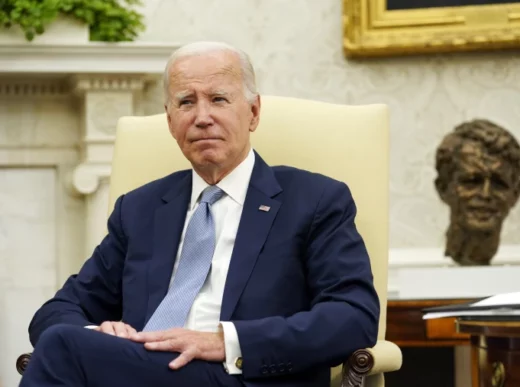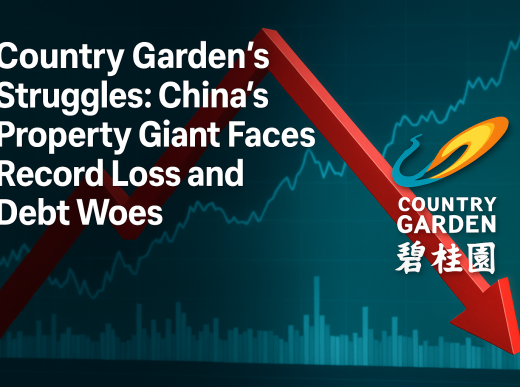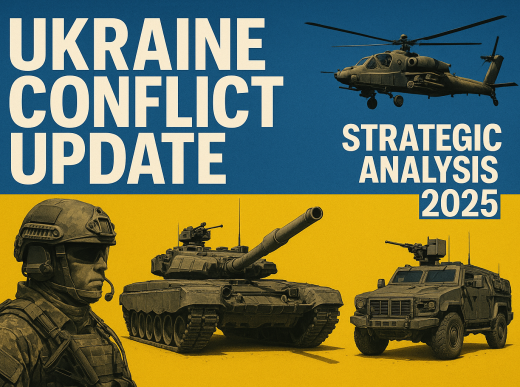The artificial intelligence startup ecosystem is experiencing unprecedented funding velocity, with companies like Leaping AI demonstrating that the right combination of timing, location, and execution can transform struggling ventures into Silicon Valley success stories within weeks.
\1
In today’s AI market, the difference between success and failure often comes down to funding velocity. Kevin Wu’s experience with Leaping AI exemplifies this new reality—after months of struggle in Germany’s conservative funding environment, a single week in Silicon Valley yielded $4.7 million in investment commitments.
This dramatic shift reflects broader changes in how investors evaluate AI opportunities. Traditional due diligence timelines have compressed from months to days, with investors making rapid decisions based on traction metrics, team pedigree, and market positioning.
\1
The contrast between European and American funding environments has never been more pronounced. While Germany offers strong technical talent and lower operational costs, the lack of early-stage venture capital creates significant barriers for unproven AI startups.
Silicon Valley’s ecosystem advantages include:
– Immediate access to specialized AI investors
– Network effects from accelerator programs like Y Combinator
– Higher risk tolerance for experimental technologies
– Faster decision-making processes
\1
The speed of Leaping AI’s funding success indicates market maturation in several key areas:
**Investor Sophistication**: VCs now have established frameworks for evaluating AI startups, enabling faster investment decisions.
**Proven Business Models**: Voice AI for enterprise applications represents a validated market with clear ROI metrics.
**Competitive Urgency**: The race for market leadership is driving accelerated funding cycles across the sector.
\1
For the broader AI investment landscape, Leaping AI’s trajectory suggests several important trends:
The premium for Silicon Valley positioning continues to grow, with location serving as both a signal of seriousness and access to critical resources.
Revenue traction trumps everything else—Leaping AI’s $1 million ARR milestone was crucial in attracting investor interest.
Y Combinator’s brand power remains unmatched in providing instant credibility and network access.
\1
As AI funding continues to mature, expect to see more geographic arbitrage plays, with startups leveraging global talent while positioning themselves in Silicon Valley for funding and growth.
The companies that can demonstrate real traction, strategic positioning, and execution excellence will continue to attract capital at unprecedented speeds, while those without clear differentiation may find themselves left behind in an increasingly competitive landscape.
















